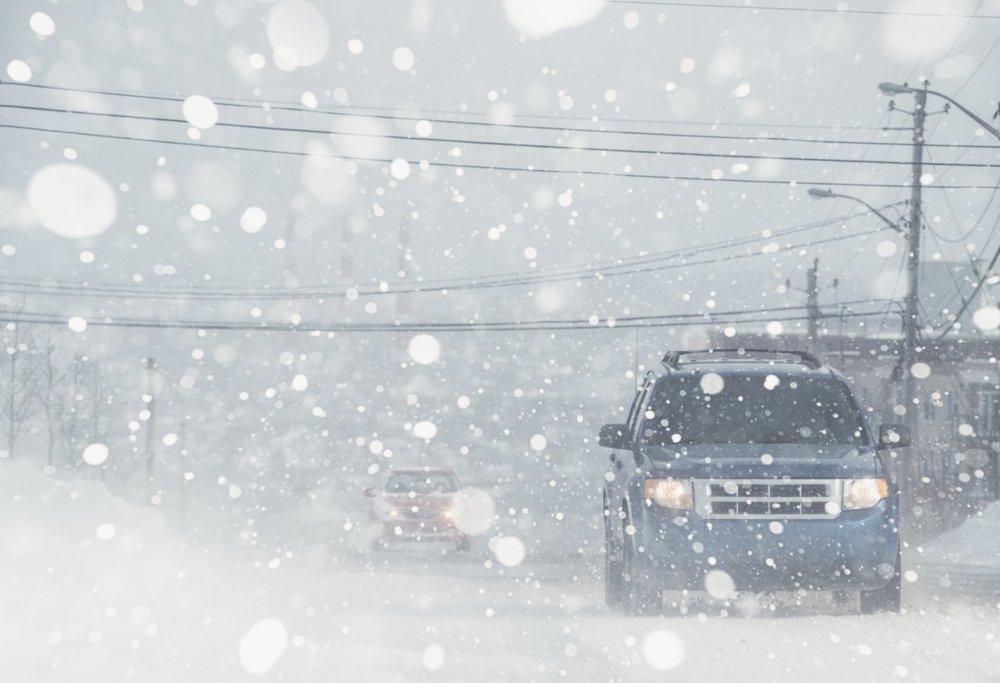We’ve told you once, and we’ll tell you a million different ways to stay safe on winter roads. Colorado is a very unpredictable place when it comes to weather, and when it comes to layers of black ice covering the streets and sidewalks, it’s important to be prepared. Here’s a list of things to think about when preparing for a winter trip.
Give yourself time.
This works in a couple of ways. Firstly, give yourself time to get to your destination. This is a very obvious box to check, but it is often the first thing to be disregarded. Secondly, this isn’t an item for snow and ice preparation, but you might very well forget something in the process of putting together your winter checklist. Giving yourself time gives you the opportunity to remember something important while taking your morning shower. It’s quite difficult when you remember something when there’s a foot of snow on the ground and your car isn’t capable of getting around.
Build an emergency kit.
If you can pack a kit of the following: sand (cat litter works too), a small shovel, flashlight with batteries, a flare, jumper cables, and an ice-scraper. Extra clothes and blankets are always a good call.
Keep the tank full.
An issue that most people are not keen on is gas lines. By maintaining at least half a tank you can prevent frozen gas lines and potential long-term issues with your fuel pump.
Increase your visibility.
Always clear your car of ice and snow as much as you can including the roof. Snow and ice can fly off your car at high speeds and endanger other drivers, and hitting the brakes too hard can make it slide onto your windshield and blind you completely.
Pulling over done right.
Shockingly, it is estimated that more than 500 people were killed and 14,000 injured each year between 2016 and 2018 from disabled vehicles on the side of the road. This is usually because the vehicle is not visible from certain distances that are too close or not visible at all without any signage. Note your location and assess your car’s troubles, activate the hazard lights and pull over as far off the road as possible, and set up flares and/or warning triangles if possible.

